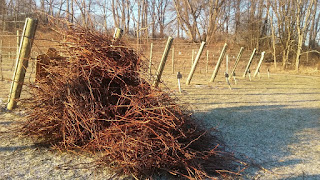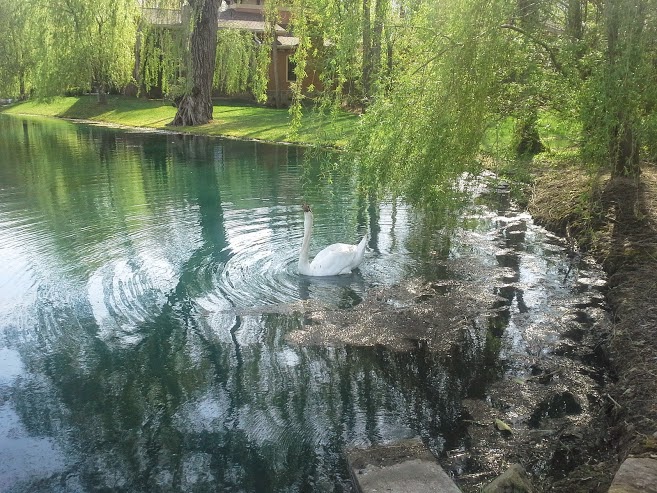February 2nd, halfway between the winter and spring Equinox, is traditionally a day for farmers and those who tend the earth to pause and look forward.
In North America, ancient traditions have coalesced into Groundhog Day. Somewhat tongue-in-cheek, we look to our largest native North American rodent to prognosticate about what the future may hold.
Few animals in our region truly hibernate, even in the coldest of winters. There is a surprising amount of animal activity around us all winter long as we perform our winter vineyard tasks. In fact, in seasons where we have consistent snow on the ground, the volume and variety of tracks in the snow reminds us that open fields and woodland edges are heavily populated with a variety of creatures, most of which we never see.
And though our vineyard groundhogs have been with us all winter, we nevertheless have a little fun each season trudging out to their burrows, to see if one emerges to see his shadow on this particular day.
These latter days of winter are a fabulous time for shadows. Winter skies are often clear, ever increasing light comes down in a dramatic slant across an austere landscape.
The shadows of unpruned vineyard sections inscribe something that looks like a fantastical musical staff.
Our own trudgings are thrown in sharper relief, as are the slithers and scampers of vineyard denizens.
Trees cast long shadows across the lake.
The familiar profile of wild turkeys foraging crabapples in faint pre-dawn light is a familiar morning sight.
The rhythm of animal and plant life is fairly consistent across the seasons.
But of course, each winter can be very different than the last. The winter of 2014 and the winter of 2015 were especially memorable.
This year, snow has been rare.
By all accounts, this has been a very wet, and very warm winter: not ideal conditions for the grapevines, as it can stimulate them toward growth in the month when they should be most dormant.
There is a lot of winter still to be had.
For those interested in the prognostications of our resident Marmota monax: our vineyard groundhog did NOT see his shadow this morning.
A band of snow showers blotted the sky at sunrise, and briefly dressed the mud in a thin layer of flakes.
Which, the oldtimers contend, means warmer than usual conditions may well continue through these waning days of winter.
Our vineyard denizens will increase their activity as the days grow longer. As for our grapevine buds, we hope they remain fully asleep at least a few months longer.
Our vineyard denizens will increase their activity as the days grow longer. As for our grapevine buds, we hope they remain fully asleep at least a few months longer.
 |
| Bud burst May 2015 |
















































